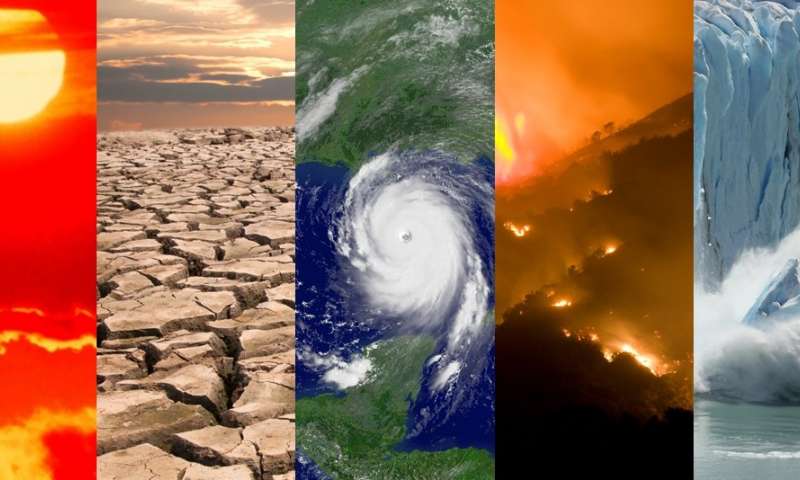NOAA Headquarters
Though La Nina is starting to wane, the ocean-cooling phenomenon continues to lower global temperatures.
February 2018 ended up being Earth’s coolest February in four years. The December-to-February seasonal period also was the coldest it has been since 2014, according to scientists from NOAA’s National Centers for Environmental Information.
Let’s take a closer look at NOAA’s monthly analysis, which shows how Earth fared for the month, the three-month season and the year to date:
Climate by the numbers
February 2018
The average global temperature in February 2018 was 1.17 degrees F above the 20th-century average of 53.9 degrees. This was the 11th highest for February in the 139-year record (1880-2018). February 2018 was the 42nd consecutive February and the 398th consecutive month with temperatures above the 20th-century average.
Seasonal | December 2017 through February 2018
The end of February marked the end of the meteorological winter for the Northern Hemisphere and summer for the Southern Hemisphere. The average seasonal temperature for the globe was 1.31 degrees F above the 20th-century average of 53.8 degrees, and it was the fifth warmest for December-February in the record.

Year to date | January through February 2018
The year-to-date average global temperature was 1.22 degrees F above the 20th-century average of 53.8 degrees. This was the eighth-highest temperature for the year to date period on record and the coolest such period since 2014.
Other notable climate events and facts
Near-record-low sea ice at the poles
- The average Arctic sea ice coverage in February was 8.8 percent below the 1981-2010 average, the smallest February extent since records began in 1979.
- Antarctic sea ice coverage in February was 25.4 percent below average, the second smallest on record. On February 20 and 21, Antarctic sea ice reached its annual minimum extent at 842,000 square miles, the second lowest minimum coverage on record.
Warmer-than-average lands and oceans
- The globally averaged land-surface temperature ranked 15th warmest for the month of February, seventh warmest for the season (December to February) and 11th warmest for the year to date (January to February).
- The globally averaged sea-surface temperature ranked seventh warmest for February, and sixth warmest for the season and year to date.
Oceania led the continents in warmth rankings
- Oceania had its fourth warmest February on record; Africa, its 10th; South America, its 13th; Asia, its 26th; North America, its 59th; and Europe, its 63rd.
- For the season, Oceania had its warmest December-February (season) on record; South America, its 11th; Europe, its 11th (tied with 1989); Africa and Asia, their 12th; and North America, its 25th (tied with 1941) .
![]() Explore further: Globe had third-warmest year to date, fifth warmest November on record
Explore further: Globe had third-warmest year to date, fifth warmest November on record
Cover Photo: Credit: NOAA Headquarters


